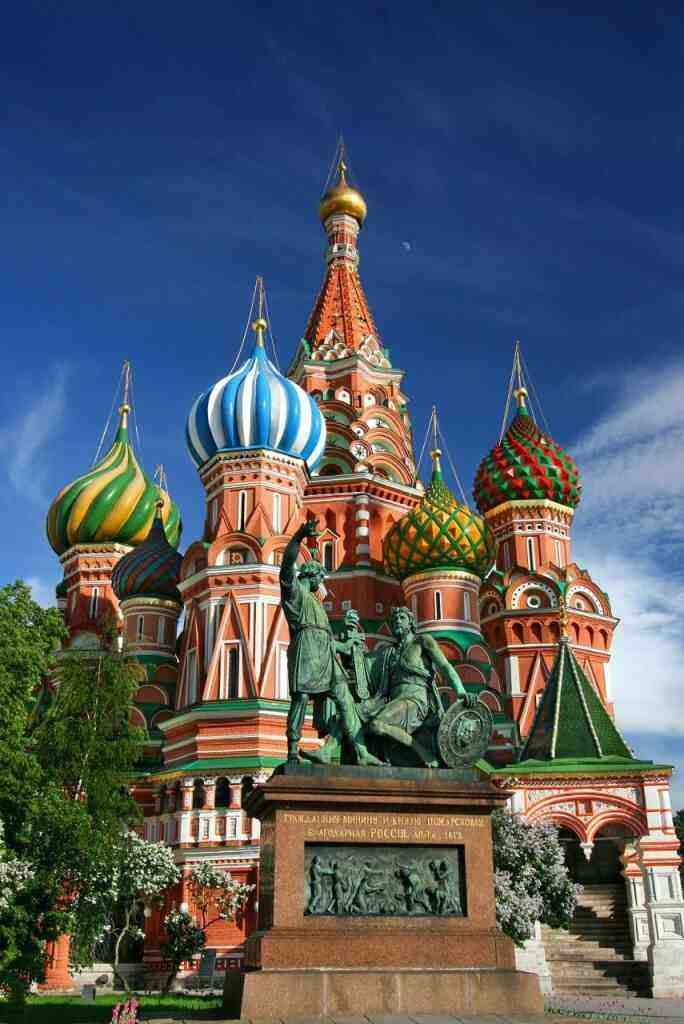North Korea’s Arms Shipments to Russia: A Growing Concern
As the war in Ukraine approached its second anniversary in 2024, a critical juncture emerged. With both sides facing dwindling arms stockpiles, Russia turned to North Korea for military assistance. This development sent shockwaves through the international community, raising concerns about the potential impact of North Korean weapons on the battlefield dynamics.
The North Korean Arms Transfer
Russia’s shopping list from North Korea included a staggering 1 million rounds of artillery ammunition and dozens of the North’s newest missiles. While the artillery rounds proved to be largely ineffective due to their poor quality and outdated design, the missiles posed a more serious threat. These missiles were more recent in design and exhibited comparable accuracy to Russia’s home-built equipment, raising fears among Western officials that Russia might use them to overwhelm Ukrainian air defenses.
North Korean Missiles: A Cause for Concern
The influx of North Korean missiles into Russia’s arsenal raised significant concerns among Western officials. These missiles could potentially strain Ukraine’s precious air defense resources, especially if additional military funding was not approved by Congress. Moreover, the transfer of North Korean missiles provided an opportunity for the North to test its new arsenal in real-world conditions, gaining valuable insights into how its weapons would perform against Western-designed air defenses—crucial knowledge for a potential conflict with South Korea and the United States.
Russia’s Quest for Additional Arms
Russia’s acquisition of North Korean weapons reflected its struggle to keep pace with the rapid depletion of its own arms stockpiles. In addition to North Korea, Russia also sought drones and missiles from Iran, although there was no evidence of successful Iranian missile transfers. The need for North Korean arms highlighted Russia’s industrial and technological limitations, despite its efforts to rebuild its industrial capacity and stockpile missiles.
Strained Ukrainian Resources
The influx of North Korean arms, particularly artillery shells, provided Russia with a steady supply of ammunition to sustain its offensive operations. This development exacerbated Ukraine’s ammunition shortage, forcing its military to ration its dwindling supplies. Ukraine’s artillery fire decreased significantly, while Russian artillery, augmented by North Korean shells, increased its daily output.
U.S. and European Response
The U.S. and European officials expressed deep concern over the North Korean arms shipments to Russia. They intensified efforts to gather international support for condemning the weapons transfer and pressured North Korea to halt further supplies. Jake Sullivan, the U.S. national security advisor, played a key role in coordinating these efforts. Recognizing the critical need for additional military aid to Ukraine, particularly in replenishing its air defense systems and ammunition, the U.S. and its allies faced intense political debates in the U.S. Congress over the approval of additional funding.
Implications for the War in Ukraine
The North Korean arms shipments had a significant impact on the war in Ukraine. The influx of artillery shells allowed Russia to sustain its offensive operations, while the potential increase in missile shipments raised concerns about overwhelming Ukrainian air defenses. Russia’s reliance on North Korean weapons highlighted its own industrial and technological limitations, indicating that its domestic production was insufficient to meet the demands of the war.
Future of the Russia-North Korea Relationship
The nature of the renewed relationship between Russia and North Korea remained unclear. Russia promised to provide North Korea with advanced technology and aircraft in exchange for its ballistic missiles, but U.S. officials did not believe Russia had yet delivered on these promises. North Korea’s recent foreign policy stance had become increasingly belligerent, declaring that it would no longer seek reconciliation with South Korea. However, evidence for this remained fragmentary, and the country focused on strengthening its ties with Russia, a relationship that posed challenges for the international community.
Conclusion
As the war in Ukraine continued, the North Korean arms shipments to Russia emerged as a major concern for Western officials. The influx of weapons, particularly missiles, threatened to strain Ukraine’s air defenses and exacerbate its ammunition shortage. The implications of this development extended beyond the immediate conflict, raising questions about the future of the Russia-North Korea relationship and the broader geopolitical landscape.
